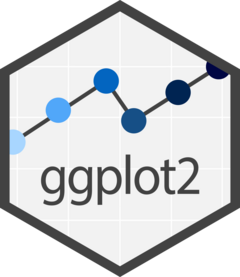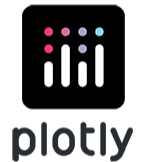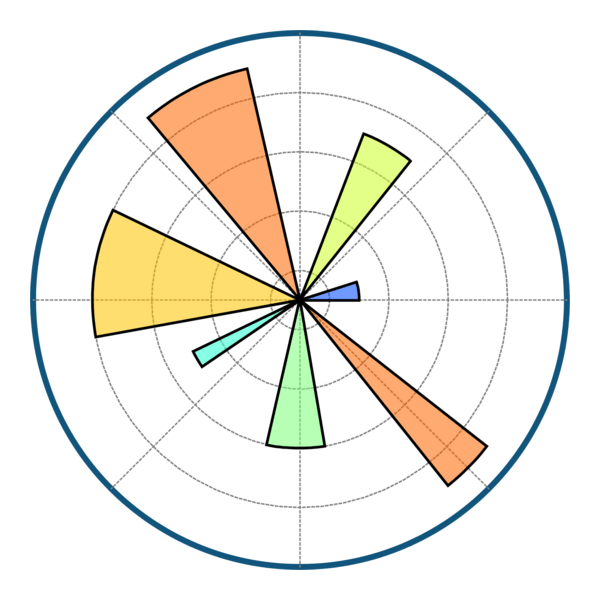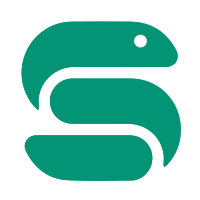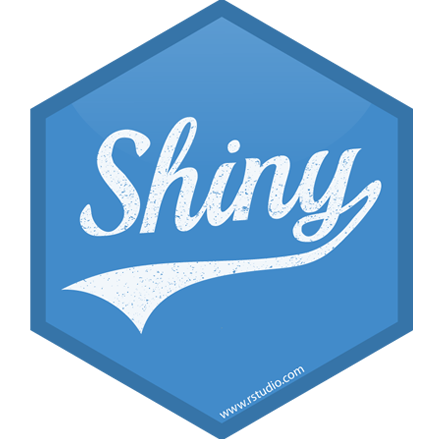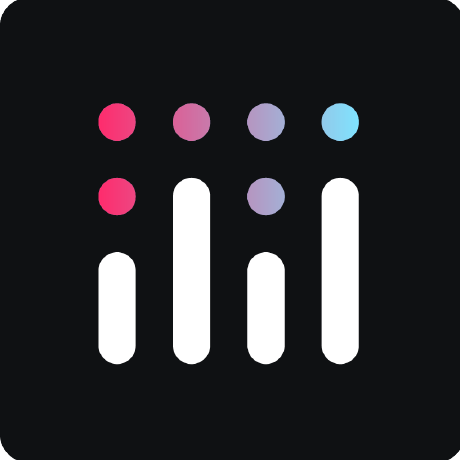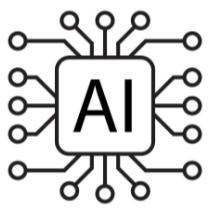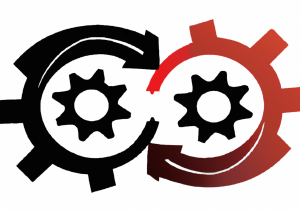Resources
Programming languages
The Essentials: Key Programming Languages for Bioinformatics and Data Sciencecore.

Bash
The command-line powerhouse. Bash is your go-to for automating repetitive tasks, managing files, and running pipelines on servers or clusters. In bioinformatics, it’s essential for processing large datasets, running tools like BWA or SAMtools, and chaining commands into efficient workflows.
Python
The Swiss Army knife of bioinformatics. Python’s simplicity and vast ecosystem make it ideal for data analysis, scripting, and machine learning. Use it to parse genomic data, build pipelines, or create interactive visualizations, Python does it all.
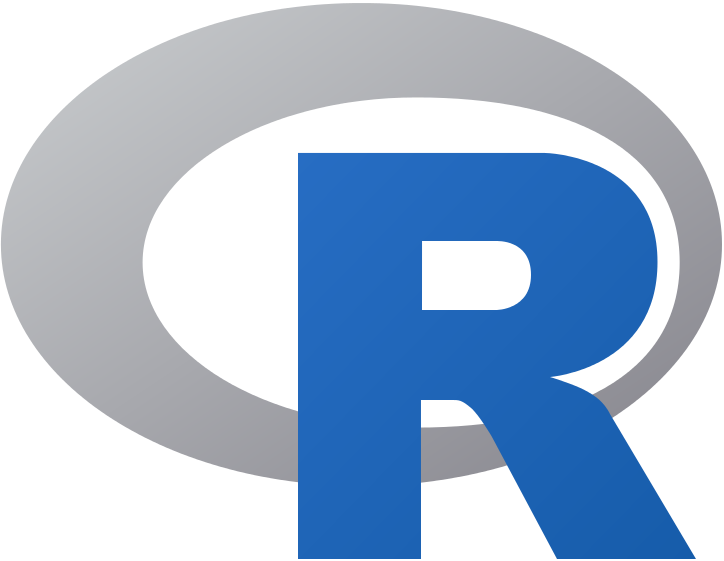
R
The statistician’s best friend. R shines in exploratory data analysis, statistical modeling, and publication-ready visualizations (ggplot2, DESeq2). In bioinformatics, it’s the tool of choice for differential expression analysis, clustering, and interpreting high-throughput sequencing data.
Integrated Development Environments
IDE are essential tools for developers, offering a range of features that facilitate coding, debugging, and project management.
Visual Studio Code
Visual Studio Code (VS Code) is a highly popular, open-source code editor developed by Microsoft. It supports a wide range of programming languages and comes with features like IntelliSense code completion, debugging tools, Git integration, and a vast marketplace for extensions.
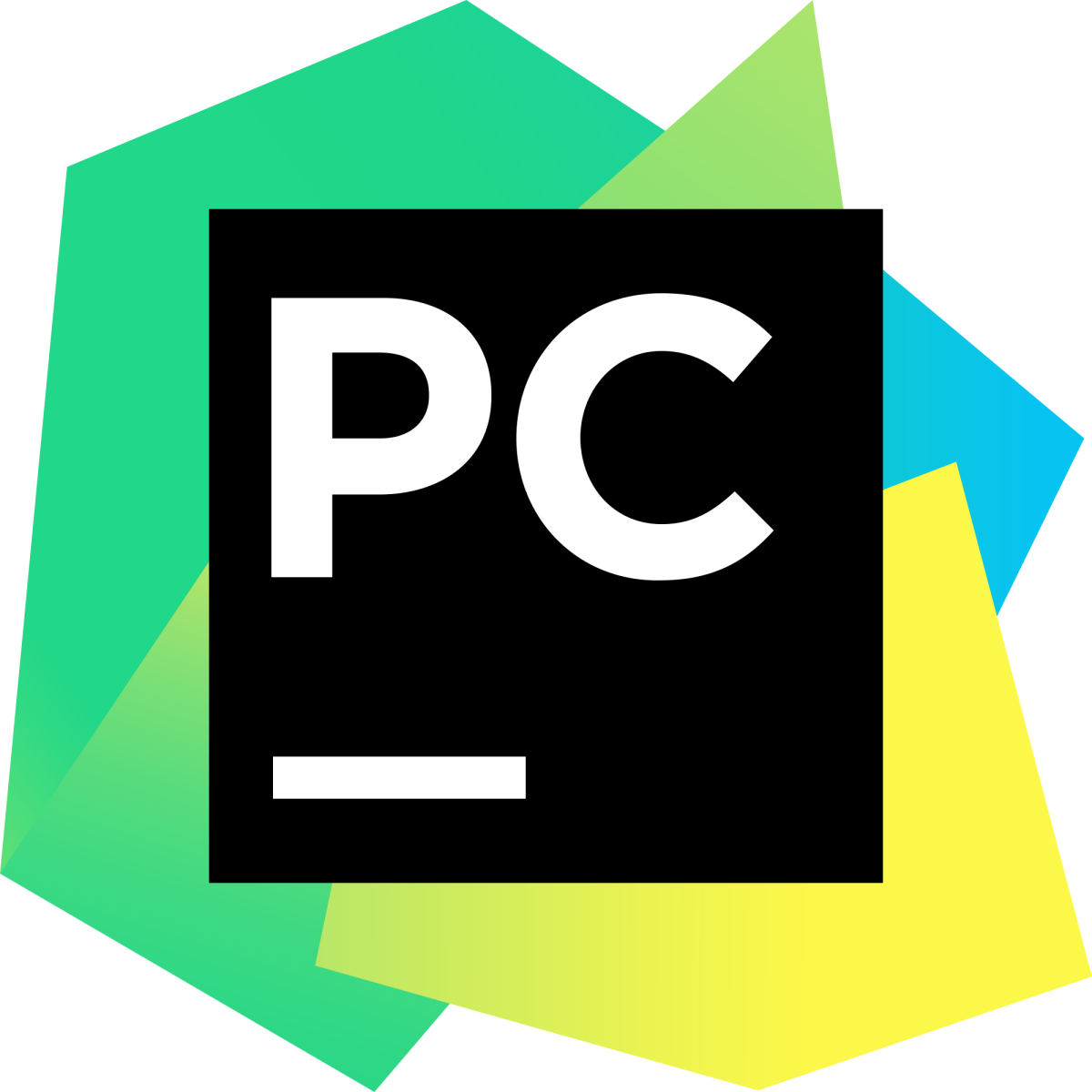
PyCharm
PyCharm is another IDE from JetBrains, specifically designed for Python development. It provides features like code analysis, graphical debugging, and an integrated terminal. PyCharm also supports web development with Django, Flask, and other frameworks.
Rstudio
RStudio is a powerful and widely-used Integrated Development Environment (IDE) designed to enhance productivity in coding, data analysis, and visualization, primarily for R but also supporting Python. It is the go-to choice for over 90% of R programmers, making it the de facto standard in the field.

Positron
Positron is the next-generation IDE for developing R code. Developed by Posit, it is set to be the successor of RStudio, bringing new features and a smoother user experience.
Plots and figures
packages and websites that will allow you to easily create stunning figures.
R
Python
Web sites
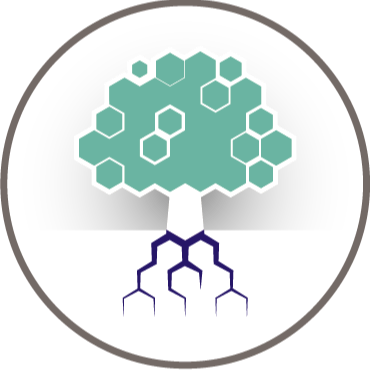
From data to Viz
Find the most appropriate graph for your data with great examples and code in R and Python.
Others
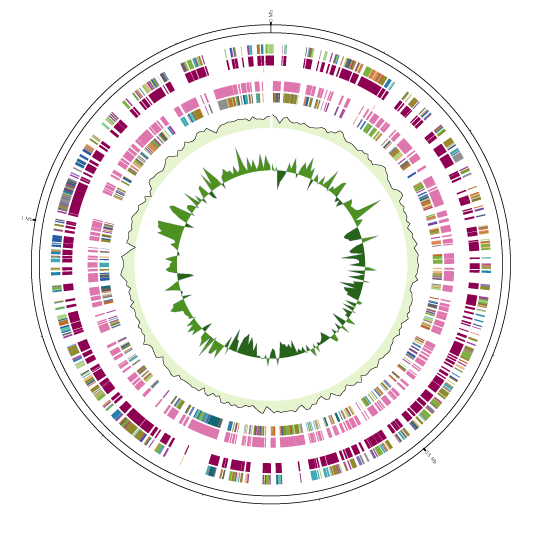
GenoVi
GenoVi generates circular genome representations for complete, draft, and multiple bacterial and archaeal genomes.
Pipelines tools
The best workflows to create analysis pipelines.
Web applications
A list of packages and websites to create web applications for your pipelines and scripts.
Material
Databases, courses and more.

Glittr
Web application framework designed to make getting started quick and easy, with the ability to scale up to complex applications.
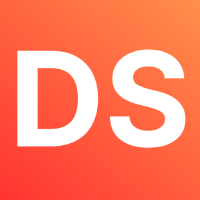
Data & ML
Database
A collection of 200 real-world data science and machine learning case studies across companies.

What statistical test to do ?
A guide to choose the right statistical test to do with your data. Part of an amazing blog about statistics.

Fundamentals of Data Visualization
A complete guide about what to do and not to do when creating figures. And more !
Machine learning, deep learning and LLMs
Links to tutorials or projects for the analysis of genomics data using ML
Data manipulation
Diverse tools and packages that will help you handle or analyse your data.
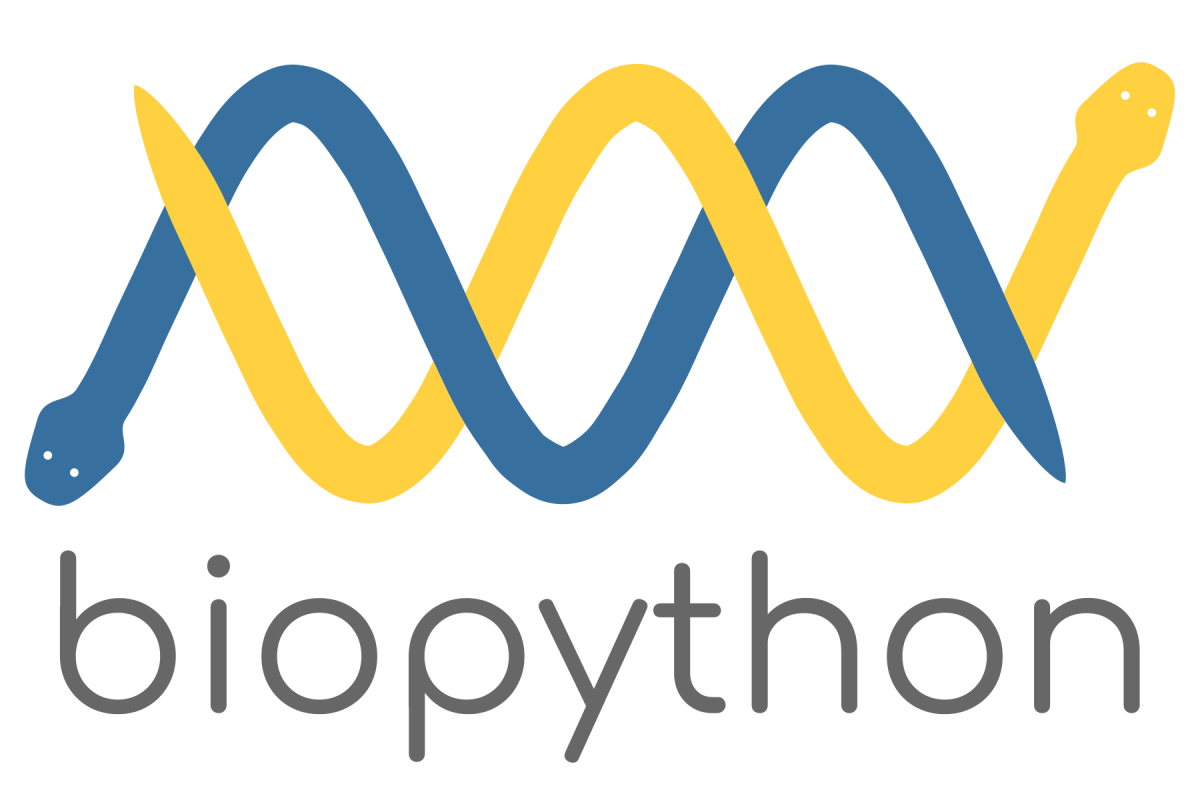
Biopython
The most complete Python package for manipulating sequencing data (fastq, fasta, Genbank, ...).
Scikit-bio
A comprehensive Python package designed for efficient file manipulation, test execution, and advanced data processing, leveraging parallelization for lightning-fast performance.
Others
Diverse tools or websites that will help you in your work!
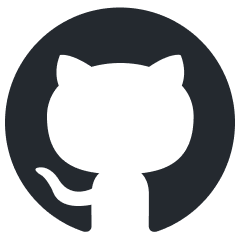
Bioinformatics_toolkit
A GitHub repository packed with tutorials, analysis examples, and other valuable resources.

MultiQC
MultiQC swiftly analyzes all files in your specified folder and generates interactive reports in seconds.
sanbox.bio
Practice your Bash commands in a safe sandbox. Experiment freely—no risk of breaking anything!
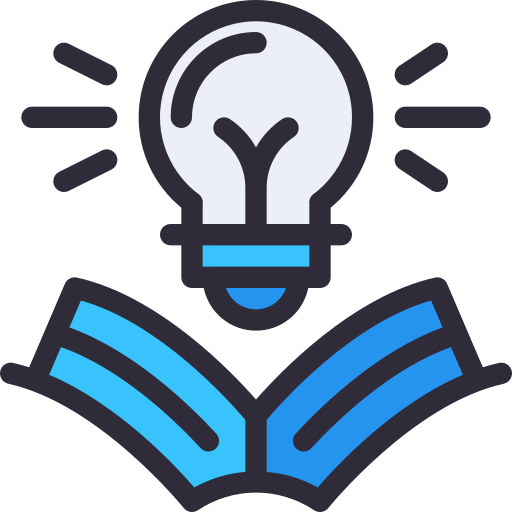
SequencEnG
Explore a beautiful interactive resource to deepen your understanding of sequencing techniques because knowing where your data comes from is key.

